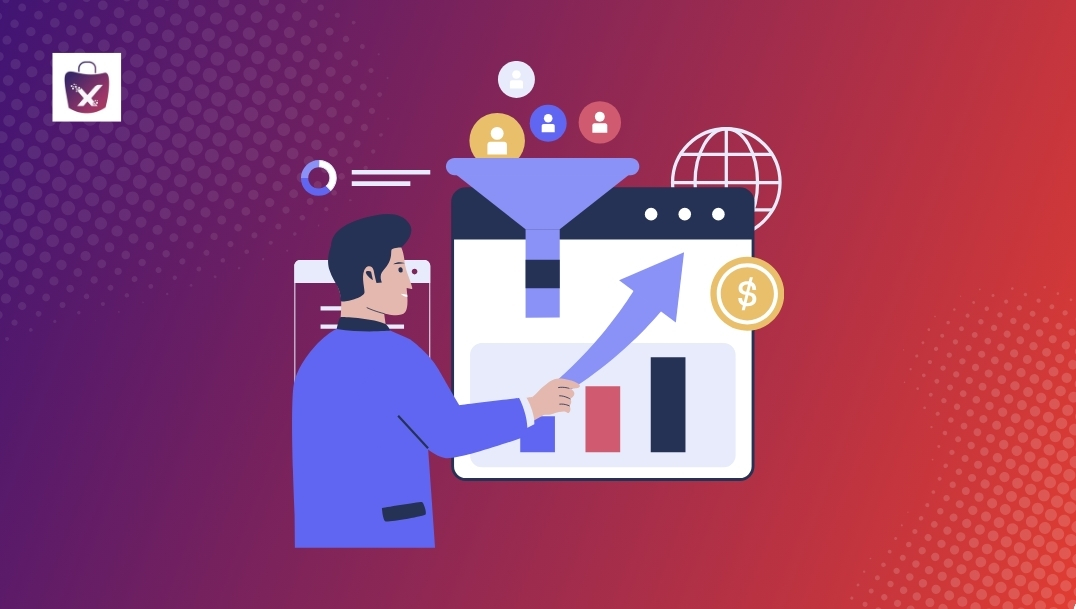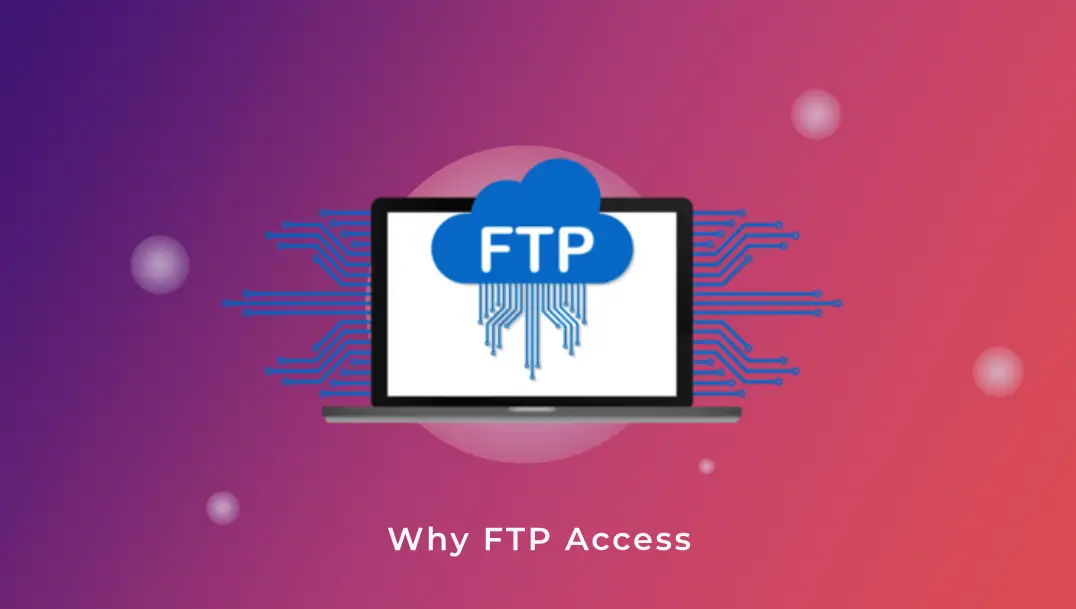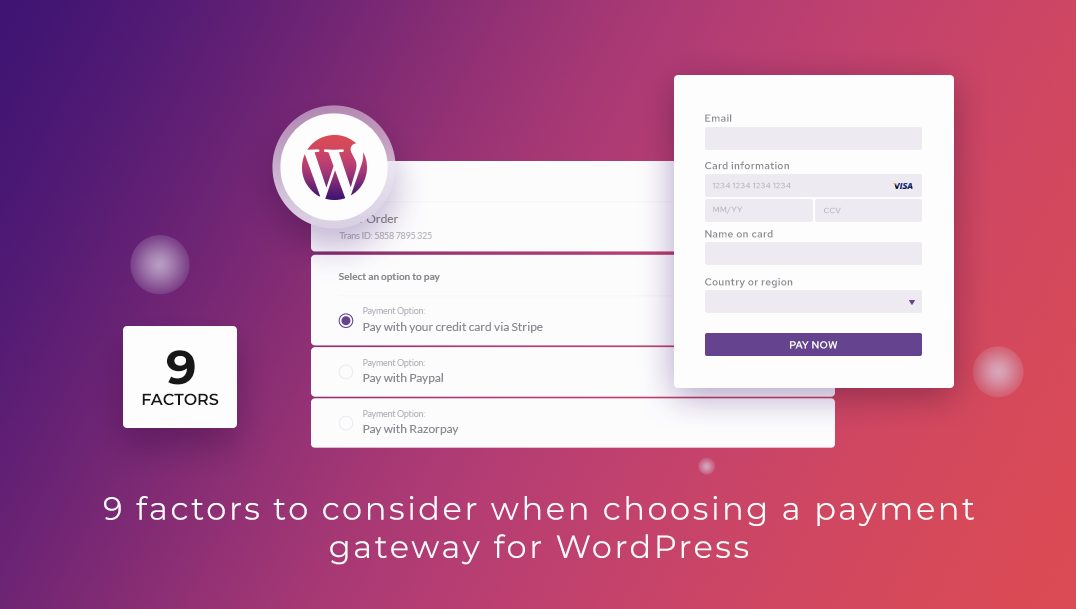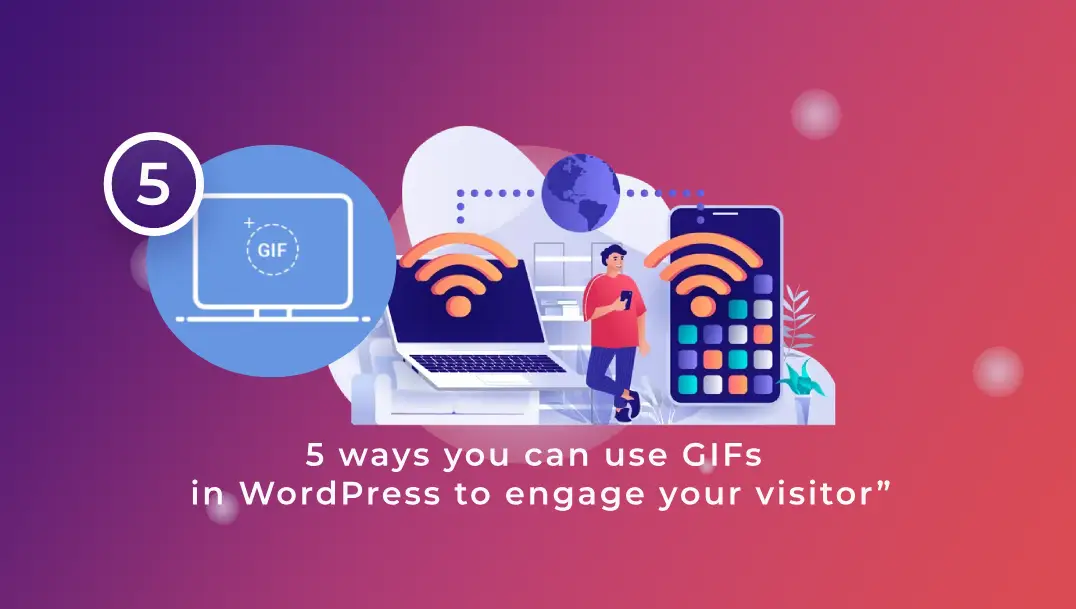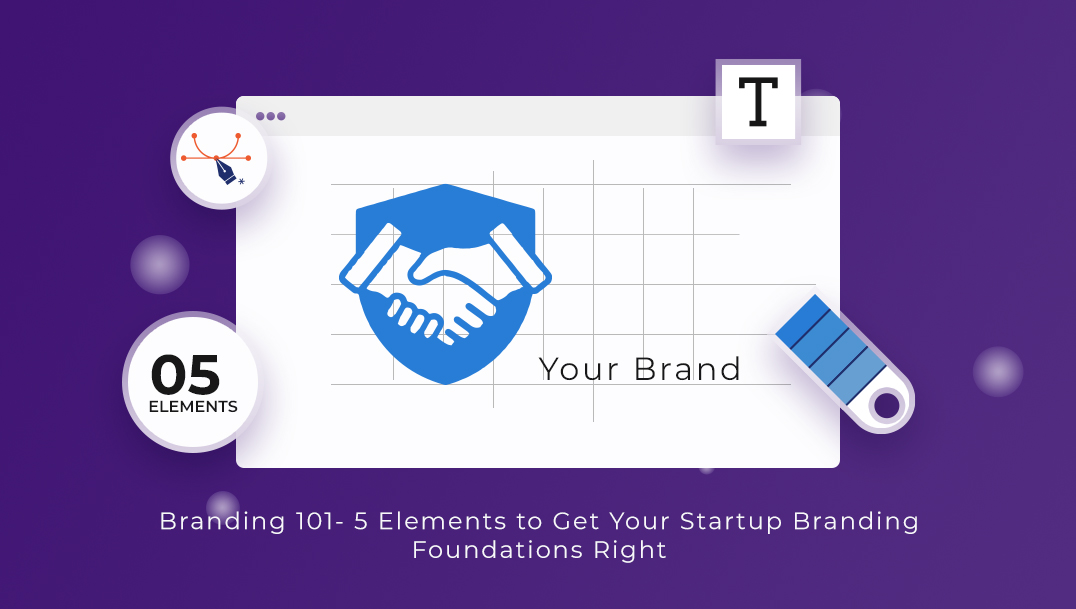Operating an online store is not only about managing inventory and fulfilling orders. That’s just the tip of the iceberg. They are of course essential components of the larger machinery but without fuel, everything can come to a rather rude, screeching halt and mess up everything from your cash flow to long term operation strategies.
The fuel in this analogy is of course SALES – without that, there really is no point in running an e-commerce business, right? We all understand the fundamentals of selling – your customer wants something and you make it available to them through your store or marketplace. However, all things being equal, if the idea of sales was only limited to such a simplistic definition and scale, not much effort would have been necessary to stay afloat.
The ground realities are of course divergent from all the pristine, deterministic concepts and theories. It’s not just about selling anymore because if you are already doing that, I’m sure you’d like to sell more. Selling more equals to a larger turnover which equals to a better business with enough potential to expand laterally. There are millions of books and articles out there on the internet which will teach you how to sell better, sell more or sell faster, but at this juncture, I’d like to cut through all the noise and focus on something very specific and significant to your ecommerce business strategy. We are going to be talking about conversion.
Let’s start with the basics – What is conversion and what can I consider as a good conversion rate?
First off, conversion can be broadly defined as marketing strategies aimed at converting lookers into buyers. This means using advertising and sales tactics strong enough to reel in those window shoppers and also, in the same breath, manage to entice your regulars into possibly buying in a bit more. Therefore, the strategies covered by conversion include everything, from season sales, click bait discounts to anything which can get you more sales. Now, you might imagine that given the high traffic you have on your site, you should be doing pretty well on the conversion front, but the truth is, the average ecommerce conversion rate is somewhere between 2-3% while some exaggerated metrics might put it as high up as 5% or as low is just a measly 1%.
Reading and Interpreting Analytics Reports
First, let’s begin with setting up a conversion tracking system. You are likely to find that web analytics is the key to doing this successfully and more often than not, Google Analytics is the weapon of choice. Now the problem that most people face when it comes to web analytics is the sheer volume of data it provides and finding a way to interpret them meaningfully. You can do your conversion optimization without the help of analytics but it’s likely to turn into a guessing game at best. In a fundamentally data driven world guesswork does not get the job done.
The first step is to learn how to read and interpret your site search report. What you gather from this report will finally enable you to figure out what your customers are looking for and which pages fail to meet those needs. If you are using Google Analytics, accessing the report is simple; just go to Behavior>Site Search>Pages.
What you are going to find yourself looking at is a report containing the list of pages where your site’s visitors begin their product searches from. This data is really important for transforming your conversion strategy because it tells you what visitors can’t find on your page. While analyzing this list, you are likely to find that your homepage is right on top which is pretty obvious considering that the bulk of visitors are expected to start there. However, you need to dig deeper. Click on ‘/’ to access the full list of terms your visitors are using on this page. For example, if you find that the top two terms (maximum usage frequency) on the homepage is something like ‘cookie cutters’, it’d make good sense to list cookie cutters and associated items on the page. Using this simple bit of analytics will let you identify what your customers want and where they are looking for it. This will enable you to intelligently place your products throughout your web store or marketplace so as to make them more accessible to your customers.
Broadly speaking, customers who use the site’s internal search feature are 5-6 times more likely to convert than users who don’t use it. However, there is a fine balancing act which can ensure this conversion because users who are using the search feature on your site will likely not convert to paying customers unless they can find what they are looking for on the first result page itself. Taking all of the points that we discussed here and developing an axiom out of it, we find that in case, after you have done your optimization work based on the site search analytics data, you still find zero or negative change in your conversion rate, you should take the time to immediately test your search result page.
Deeper Insight
Analytics, if properly used, can give you deep insight into how well your site is doing and is excellent at revealing those spots which can use some attention. The entire purpose of developing a marketplace optimization strategy is to better and more effectively convert lookers into buyers. Since data is the key to achieving this, analytics is the perfect tool for drawing on the massive amount of data being generated every day and making sense of it. Make sure you have built your marketplace on the right platform to extract enough data to understand your marketplace’s performance and be able to gather enough insights for timely optimization.
Image courtesy-pexels.com
